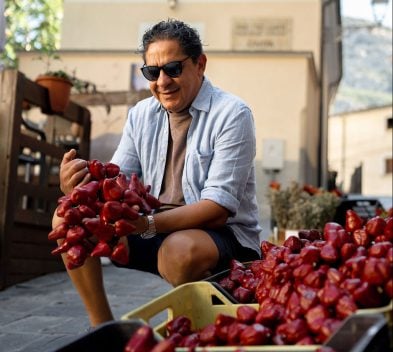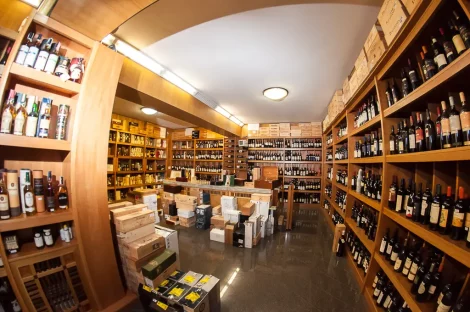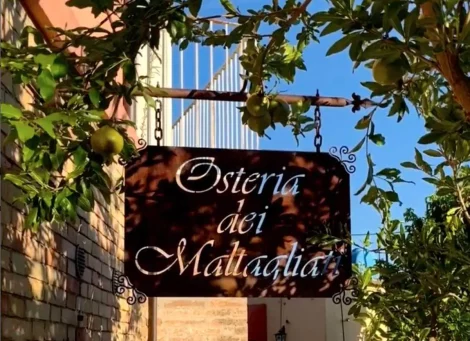After the reopening of I Pupi on 9 May in its new, sparkling location, Tony Lo Coco and Laura Codogno completed, with the launch on Monday 16 June of TuMa – Osteria di nuova generazione (Next-Generation Osteria), the redefinition of the family’s activities on the culinary front: on one side is the fine dining venue – more beautiful and functional than ever – the very place that (deservedly) made the couple famous, where they continue to serve innovative and experimental cuisine, the kind of “high” cuisine that appeals to a particular clientele; on the other side is a selection of simpler dishes rooted in tradition. Enthusiasts of all forms of culinary expression (high and low, so to speak), secular and without prejudice, not inclined to praise or criticise without good reason (with the utmost respect for those who work in the field), we went to have a look (and a bite).
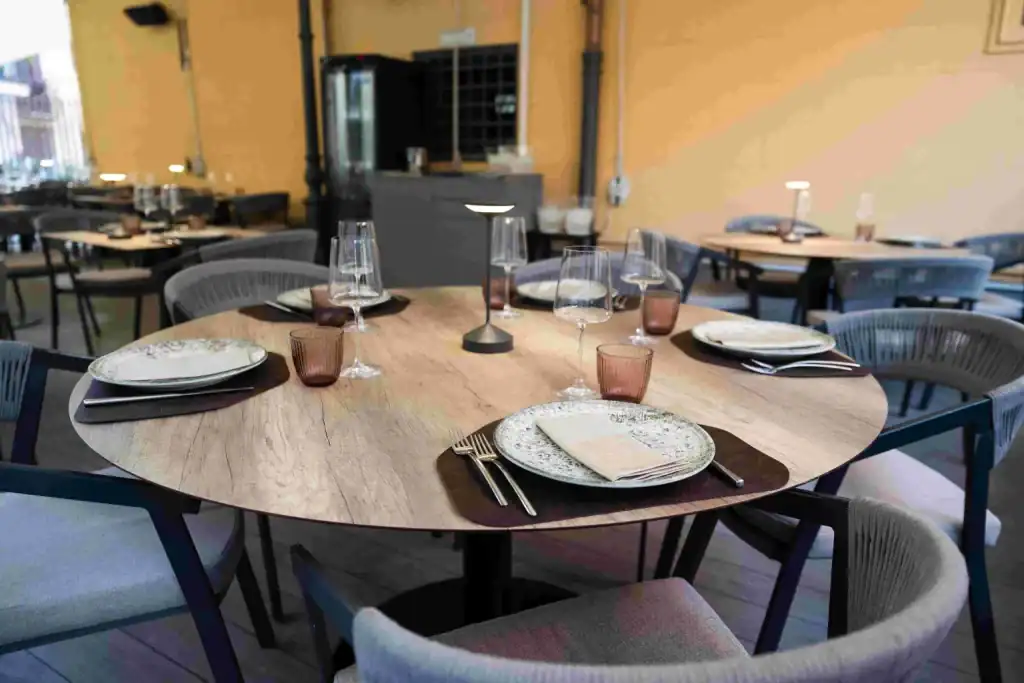
What to eat at TuMa, a true next-generation osteria
First, a few words about the space: TuMa occupies the refined premises of the original I Pupi, with just over twenty seats in the cosy indoor room and another twenty or so in the pleasant covered outdoor area, featuring well-spaced and comfortable tables with a clean, minimalist design mise en place. And as a “next-generation osteria”, as it is aptly defined, it’s a delightful surprise and a significant step forward. Given that the menu follows the seasons and depends on deliveries from cheesemakers, fishmongers, greengrocers, and livestock farmers (all the ingredients are impeccable), it’s worth noting (this is important: it’s the first list of dishes at the grand opening) that there are 9 starters, 7 first courses, and 6 main courses between meat and fish (along with a good number of side dishes and desserts) – a well-balanced quantity for those aiming for quality cuisine.
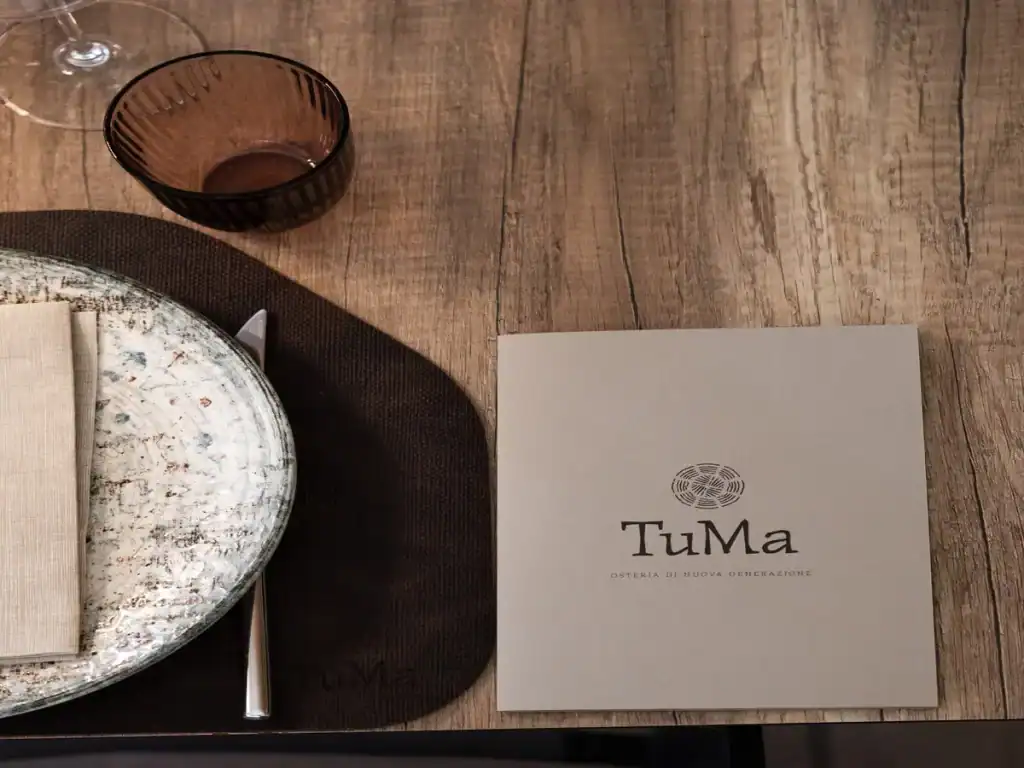
Now to the details: the dishes (at least for now) draw inspiration from meals still fairly common (but not too much!) in Palermo and Bagheria households (Tony is from Palermo, Laura from Bagheria), with a few joyful and playful deviations (see the vitello tonnato – certainly not inherited from the brief Piedmontese domination of Sicily between 1713 and 1720, when the capital was Turin and King Victor Amadeus II of Savoy reigned – especially considering that meat, until the 1960s, was a luxury item reserved for the rich and nobility!). And so to the table come the fragrant caciocavallo all’argentiera, aubergine parmigiana, flavourful sarde allinguate with caper mayonnaise and sweet-and-sour onions, and a tantalising mussel soup perfect for a gathering of friends. In the same spirit, evoking echoes of (lost) traditions and contemporary cuisine: worthy of praise are the margherita all’anciova, squid ink spaghetti, cracked wheat with fish soup, mezzi paccheri with sausage, and fried pasta. The mains hold their own too: from the day’s grilled fish to tonno ammuttunato, sliced beef, and rolls of Nebrodi black pig.
Homestyle cooking with something extra
In this brief list, there’s a common thread – and one that is often lacking in this type of dining (osteria–trattoria): the olive oils are excellent (a rare occurrence), and the dishes benefit from flawless technique, never slapped together (with no excuses like “it’s just homestyle cooking!”). Desserts are in just the right number and delightfully indulgent, as befits “the lyrical part of the meal.” The average cost, nibbling on four courses (from starter to dessert), is just over €40 – a very fair price. Laura and Tony, wisely, have also devised a tempting option for those who want to try plenty of dishes and aren’t afraid of a full belly: the shared menu at €38, which includes all the starters (we repeat: 9!), one main (first or second course) of your choice, and a dessert (for the record: the portions are extremely generous, you’ll leave fully satisfied!).
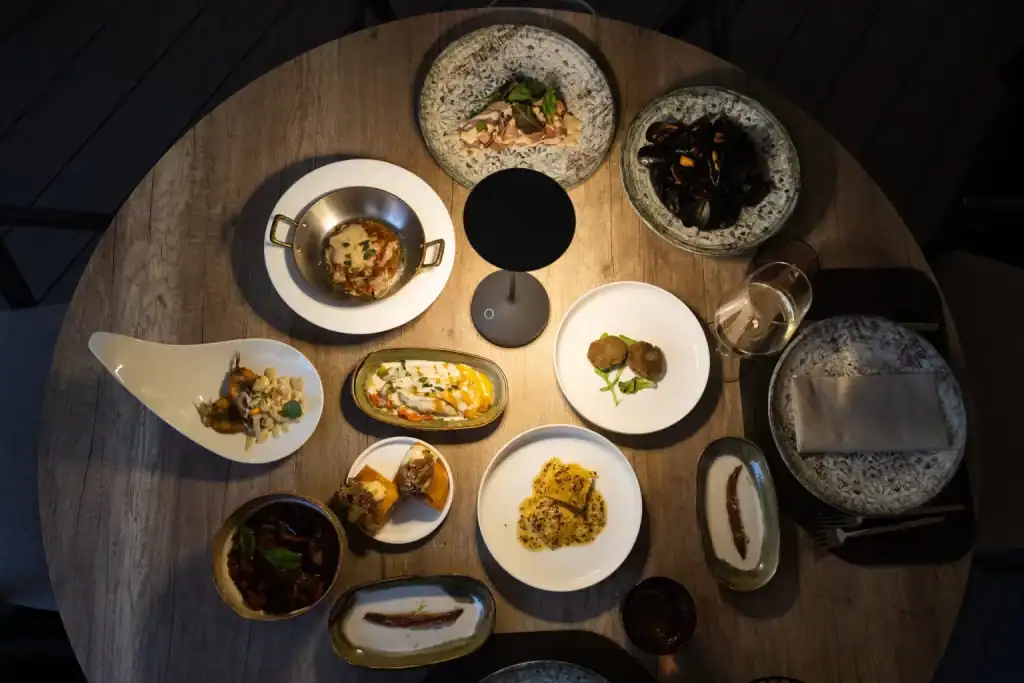
What to drink and the TuMa team
Of course, beer is available; on the wine front, the menu includes quality labels that almost never exceed €25 (but again, the owners’ intelligence shines through: wines can also be ordered by the glass from the monumental cellar of I Pupi, based on desires and needs, including – and rightly so – the more sophisticated or enthusiast options favoured by oenogeeks and unrepentant wine lovers!). TuMa – it’s worth pointing out – currently has its own dedicated team of five staff members. In the kitchen, the setup was entirely orchestrated by Tony Lo Coco, who appointed sous-chef Domenico Margarese – a talented cook – as his right-hand man and head of operations (a clear indicator of the importance the owners attach to this new venture). In the dining room, multilingual service revolves around Rosario Giunta – friendly, punctual, and very courteous.
A small final reflection: Bagheria has had (and still has) a well-established tradition of osterie, trattorie, and putie (wine taverns) dating back to before World War II, when the town became an important economic hub – not just in the province – due to the massive citrus trade. This attracted first cart drivers and traders, then curious palates seeking new experiences, making it one of the first Sicilian towns to embrace dining out. It’s amusing to think that history might repeat itself: with TuMa – Osteria di nuova generazione, this innovative role – that of a pioneer of the new while staying firmly rooted in tradition and authenticity – seems once again to belong to this famous town so beloved by Buttitta, Guttuso, and Peppuccio Tornatore.
TuMa – Bagheria (PA) – via del Cavaliere, 59 – 091 902579 - ipupiristorante.it

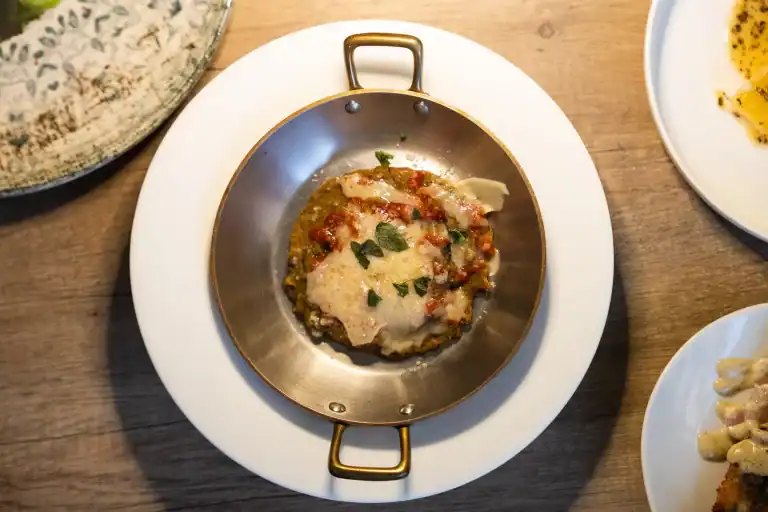
 The social media star resurrecting Italy's forgotten culinary classics
The social media star resurrecting Italy's forgotten culinary classics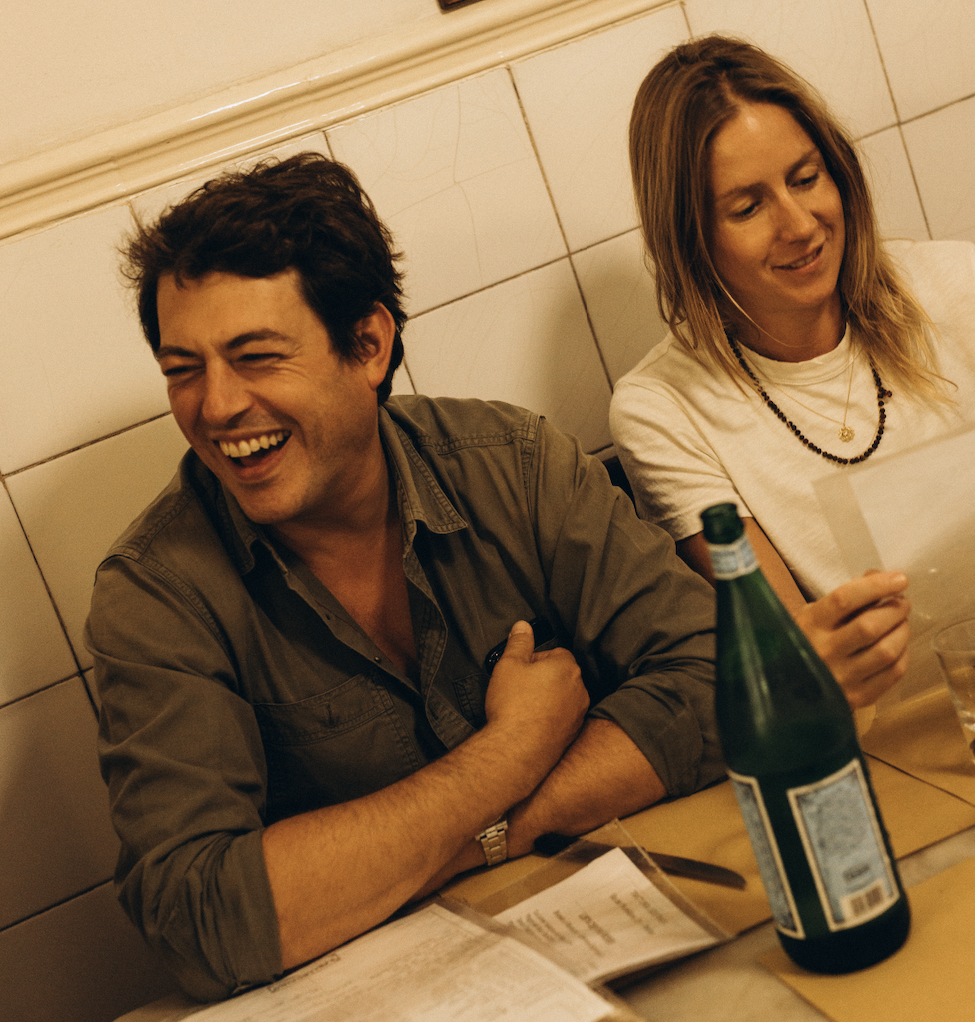 Giovanni Mazzei brings a taste of Florence to London
Giovanni Mazzei brings a taste of Florence to London Burgundy dominates but Italy is rising: a look at London's fine wine trends
Burgundy dominates but Italy is rising: a look at London's fine wine trends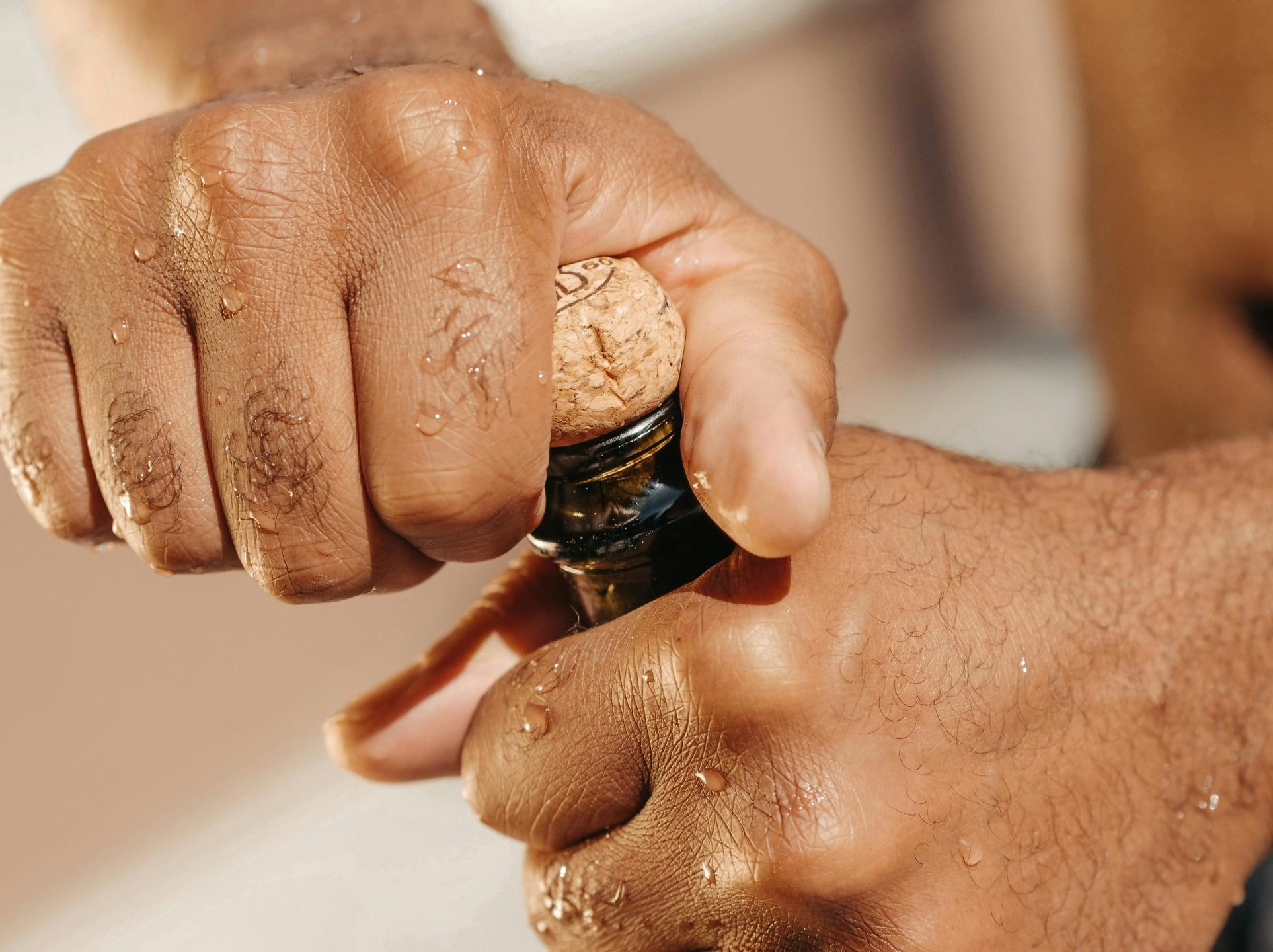 Costco Prosecco recalled over exploding bottle fears
Costco Prosecco recalled over exploding bottle fears The Consorzio Vino Chianti heads to Brazil: “An attentive public and a dynamic market”
The Consorzio Vino Chianti heads to Brazil: “An attentive public and a dynamic market”